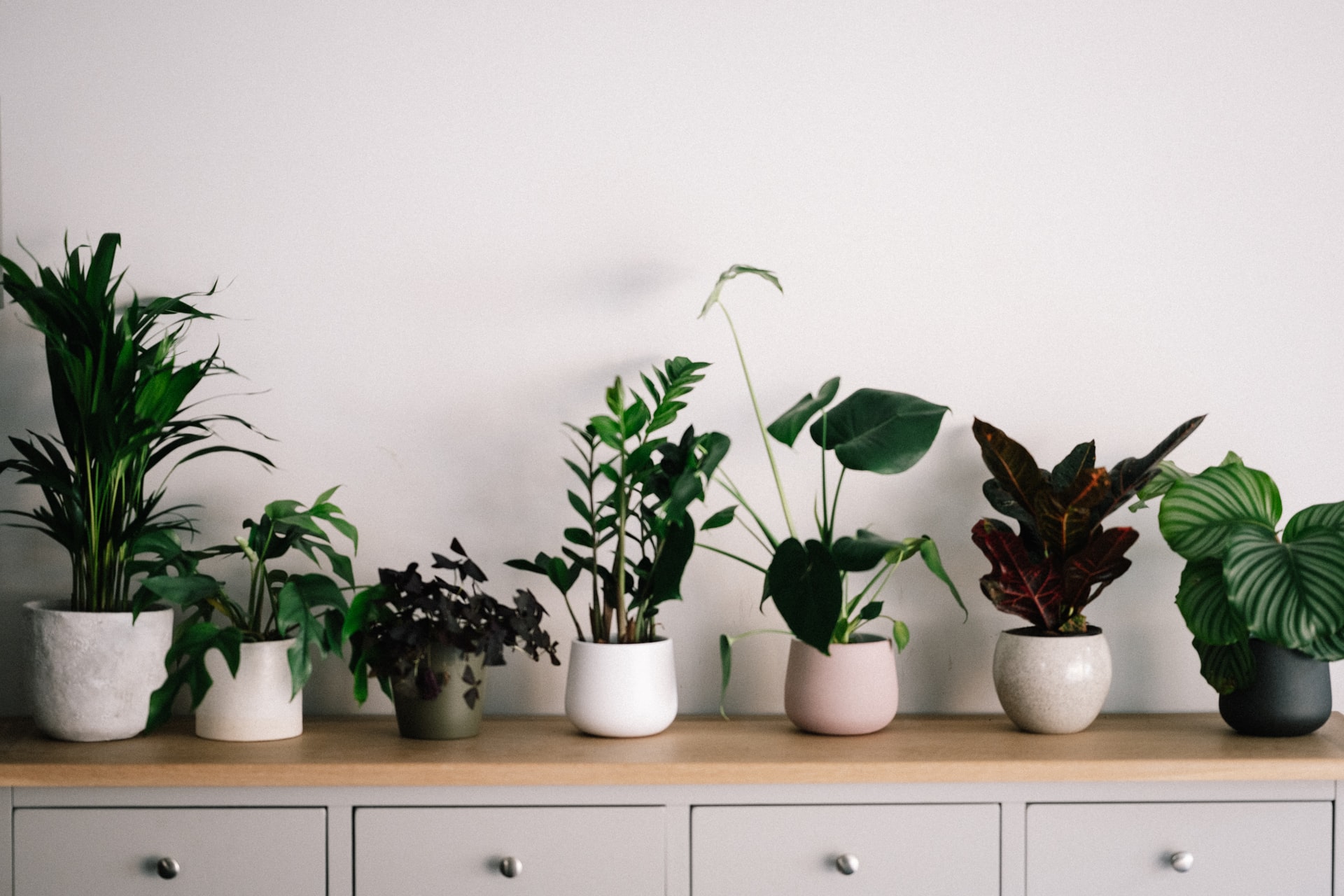
29 Mar Do My Houseplants Have Mold?
Houseplants offer lots of benefits to a home. They help improve air quality, they add color and brightness to any room they’re placed in, and studies show they can even help relieve stress. But, just like any living organisms, indoor plants need proper care to stay healthy—without it, they can become sick or even develop plant mold.
Here’s some more information from the mold remediation specialists at Pure Maintenance NE about indoor plant mold and how to prevent it.
How Can I Tell If My Indoor Plants Have Mold?
Mold on plants usually looks white and powdery. You might notice it in the soil or on the leaves and stems of indoor plants.
There are three main things mold needs to grow—moisture, warmth, and organic materials to eat. Indoor houseplants can create the perfect environment for mold to thrive. They’re inside your home where it’s warm, they are an organic substance, and most require watered soil to live.
Indoor plant mold can occur when:
- You overwater your plant
- There’s no drainage for extra water to leave the soil
- There are decomposing leaves on top of the soil
- The plant and its soil lack air circulation
- The plant soil is old and has become contaminated
- The plant is not getting enough sunlight
Getting Rid of Plant Mold
The good news is that plant mold is not toxic like black mold. However, it can still affect people prone to mold allergies, and it can harm your houseplants, so getting rid of the mold is important. If you find mold on your houseplants, it is pretty easy to remove.
How to Remove Mold from Houseplants
- First, take the plant outside so you don’t spread more mold spores around your home or office.
- Remove any moldy soil and leaves. If the soil has a lot of mold, you may want to repot the plant.
- Spray the plant and its soil with a houseplant fungicide spray or a homemade fungicide using a natural ingredient like baking soda.
- Allow the houseplant to dry in a sunny spot, and follow the tips below to prevent mold growth in the future.
Plant Mold Prevention Tips
-
Watch Your Watering
Overwatering is usually the main culprit when it comes to plant mold. Make sure you’re only providing the amount of water your plant needs to live its best life. For extra overwatering prevention, consider a self-watering stake or waterglobe that provides a constant trickle of water to your houseplants.
-
Check Drainage
Does the pot your houseplant currently live in have drainage holes? If not, that could be keeping its soil too moist and allowing mold to grow. Make sure all your houseplant pots have drainage holes large enough to allow excess water to seep out.
-
Add More Sun
Ultraviolet light from the sun is a natural mold killer. The more sun you can offer your houseplants, the less likely mold will grow. Just make sure you’re still giving your particular plant the amount of sunlight it needs to grow—you don’t want to hurt your plant with too much sun.
-
Increase Air Flow
Whenever possible, place houseplants near an open window for additional air circulation. This will help dry out the soil and keep its temperature down. If an open window is not an option, try running a fan whenever possible to get some air flowing around your plants.
Affordable Mold Removal in New Bedford
While indoor plant mold can be an easy fix, removing mold from other areas of your home like the basement or kitchen is not so easy. Only a professional mold remediation specialist can quickly diagnose the issue and provide a mold removal plan that will get rid of it once and for all. If you suspect there’s mold on more than just your plants, call Pure Maintenance NE today at 401-205-3825 for a free mold inspection.
Photo by Annie Spratt on Unsplash




Pingback:5 Places Where Mold Hides That Will Surprise You | Pure Maintenance NE
Posted at 09:50h, 02 September[…] could kill them, but it can also cause mold to grow on their leaves, stems, and soil. You can identify plant mold by its white, powdery appearance, and preventing mold in your houseplants is an important part of […]